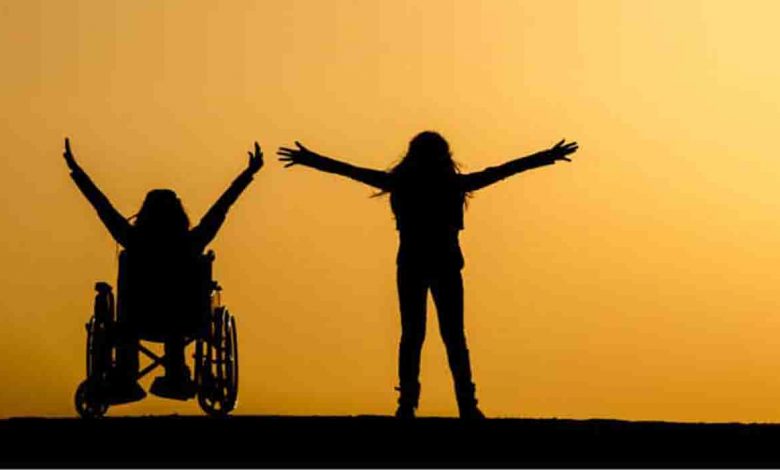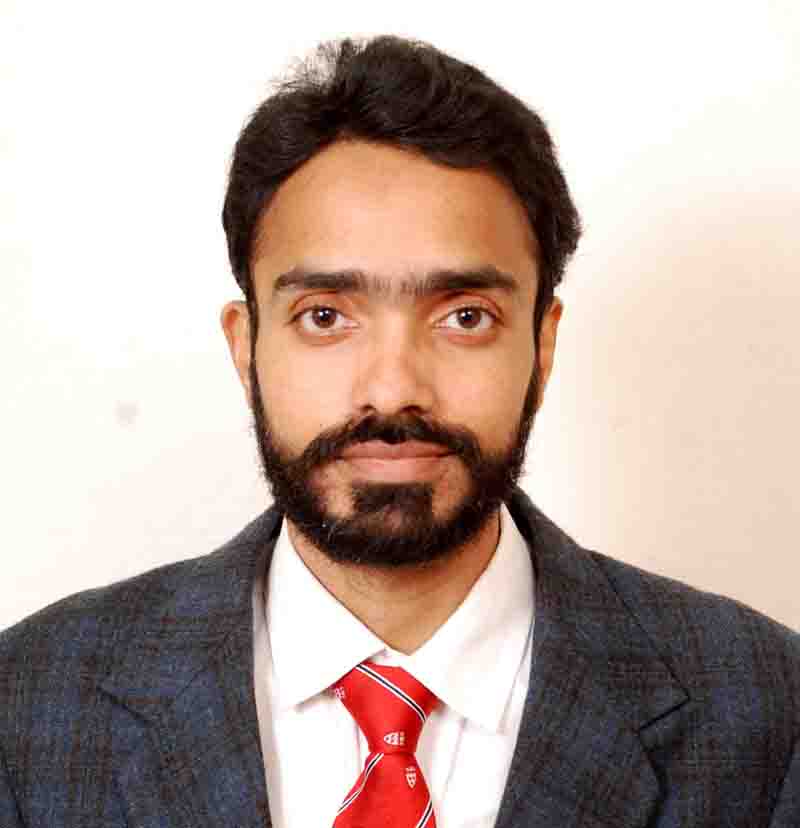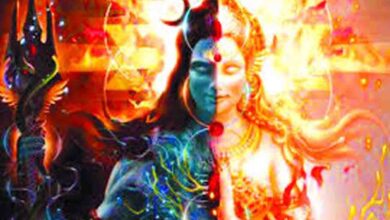The need for awareness on Duchenne Muscular Dystrophy

GUEST COLUMN
 Dr. Gaurav Sanjay
Dr. Gaurav Sanjay
Each year, World Duchenne Awareness Day takes place on September 7. The Duchenne Muscular Dystrophy (DMD) gene, encoding for the dystrophin protein, is the longest human gene known. It consists of 79 exons. This is why 7/9 is the date for World Duchenne Awareness Day. On this day, many government and non-governmental organisations from around the world raise awareness for Duchenne and Becker Muscular Dystrophy (DMD/BMD). Every year, the World Duchenne Organisation sets a special theme to the day that deserves more attention. This year it will be ‘Adult Life and Duchenne’.
I believe that the health of the limbs is as important as the health of the heart and the lungs. Locomotor disability means a problem in moving from one place to another, that is, disability in the legs. Common causes of locomotor disabilities in children are CP, polio and Myopathies. Out of these the number of disabilities caused by new cases of polio has not been seen from January 2011, however old cases are still prevalent. The disability caused by CP can be prevented with adequate perinatal care.
However, contrary to the incidence of CP and polio, the incidence of myopathies cannot be reduced easily. This is because myopathies are a group of hereditary disorders of skeletal muscle that produce progressive degeneration of skeletal muscle which result in progressive weakness. The common muscular dystrophies are Duchenne muscular dystrophy (DMD) in childhood and limb girdle muscular dystrophy (LGMD) in adulthood.
The X-linked myopathies or dystrophy are more common and include Duchenne, Becker and Emery Dreifuss muscular dystrophy. Limb girdle muscular dystrophy and congenital muscular dystrophy are the two most common autosomal recessive muscular dystrophies.
Now considering World Duchenne Day, I will confine myself to Duchenne Muscular Dystrophy which is a rare disease. I have seen only five cases in a span of almost 20 years of medical experience in some of the largest medical centres of India and abroad. DMD is a sex linked recessive inherited trait, which occurs in males while the carriers are female. It is reported to occur one in 3,500 live births according to western literature. A more recent large study done in India revealed that 27.4 per cent of all myopathies were muscular dystrophies, 30 per cent having DMD and 29.2 per cent LGMD subtypes. In a tertiary neuromuscular center in Mumbai, DMD formed the main myopathy of childhood while limb girdle dystrophy was the most common diagnosis of adolescent and adulthood myopathies.
There is a family history in 70 per cent of patients and the condition occurs as a spontaneous mutation is about 30 per cent cases.DMD is the result of a mutation in Xp21 region of the X chromosomes which encodes 400-kd protein dystrophin. Dystrophin is important to the stability of the cell membrane cytoskeleton which results in progressive muscle degeneration and loss of function.
DMD usually becomes evident between 4 and 8 years of age. The patients present with large, firm calf muscles and the tendency of toe walking. Clinical examination revealed a waddling Trendelenburg gait and a positive Gower test indicative of proximal muscle weakness. DMD is confirmed with elevated levels of creatine kinase (ck) or creatine phosphokinase (cpk) which varies from 50-100 times of normal value and DNA analysis confirms the diagnosis.
The treatments of DMD include medical, orthotic and orthopaedic treatment. DMD is usually treated medically with the steroid which preserves or improves strength of the muscles and reduces the pace of progression of the disease. However in spite of the steroid, progress and condition of disease worsen. The role of gene therapy and stem cell therapy are still under investigation.
Orthopaedic treatment is aimed at preventing the joint contracture and to maintain functional ambulation as long as possible. Prevention of contracture of lower extremities can be done with the use of manipulation and with the use of splint. However if the progression of deformity is not prevented which is often, in such situations patients need surgical intervention in the form of correction of contracture and lengthening of the tendons and maintaining that.
If surgery is indicated then the foot and hip contracture should be released simultaneously, usually through percutaneous incisions then followed by cast application. Prolonged immobilisation must be avoided to prevent further progression of muscle weakness. Other procedures like tendon transfer can be done but they are also not very effective on a long term basis. Usually these patients succumb to DMD by 18-20 years of age.
The parents of DMD patients should be subjected to genetic counselling if it is available. In India, due to lack of awareness of muscle diseases, parents of affected children often do not know where to seek help. Illiteracy is also an issue which makes counselling difficult. The social structure in India is also not kind to the physically challenged with no availability of ramps for public modes of transport. Home rehabilitation programmes, designed for those patients who cannot come for regular visits, have proved to be more successful than clinic-based programmes.
The author has an experience seeing not only one boy but both male siblings in a family suffering from DMD. Genetic counselling can offer several benefits like education about inheritance, chances of recurrence and family planning options for affected individuals and possible carriers. It will also cover to explore emotional issues. Genetic counselling for individuals with a known or suspected diagnosis and carrier testing for women at risk will also help considerably.
(The author is an orthopaedic surgeon based in Dehradun. Views expressed are personal)






